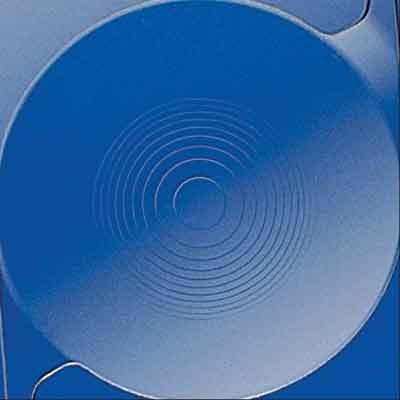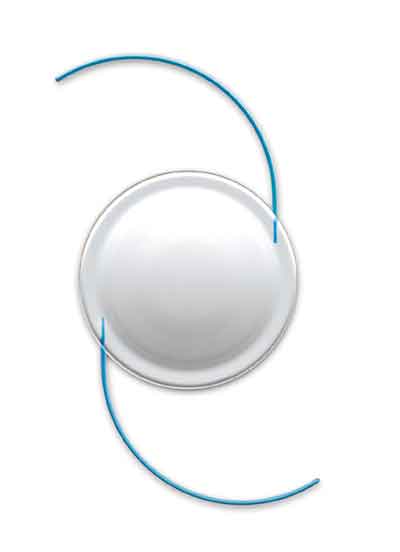
The surgeon to whom I refer cataract patients is now implanting multifocal IOLs. Is the comanagement of these patients any different than in cataract patients who receive standard IOLs?
In general, the comanagement is not dramatically different, regardless of the implant. However, there are some nuances that need to be addressed with the patients [who receive a multifocal implant], says optometrist Todd J. Agnew, of Dallas.
You must be knowledgeable about the pros and cons of these new multifocal implants and share this information with the patient before he or she sees the surgeon. That preoperative discussion should include information about all available optionsincluding the new multifocalseven if the comanaging surgeon does not offer all these options.
Patients are now very tech savvy, and they use the Internet to research the various implants. The optometrist has a legal and ethical obligation to educate their patient on all new technological advances in IOLs, Dr. Agnew says. If a patient finds out from a friend, after the fact, that he never had the option to even consider a multifocal lens, then the patient will be, at best, disappointed and, at worst, litigious.
Your discussion should include the relative range of vision with each implant and issues concerning contrast, glare and haloes. In addition, the O.D. should discuss the expected post-op recovery so [that] the patient understands that there can be several weeks of visual adaptation, Dr. Agnew says.
To give patients the most options, develop a relationship with an individual surgeon or a group practice that offers expertise in implanting these new IOLs. Whenever a patient chooses a premium IOL, as they are sometimes called, these patients will have a much higher expectation level, primarily because they are paying the extra cost out of pocket. As the primary eye-care provider, you must be able to address these high expectations before and after surgery, Dr. Agnew says.
Realize that some patients may require a concurrent corneal relaxing incision (CRI) or limbal relaxing incision (LRI) to reduce or eliminate astigmatism. A strong relationship with your surgeon allows you to communicate your wishes and the patients expectations clearly prior to the day of surgery, allowing for the best possible outcome, Dr. Agnew says.
Let patients know that they should not necessarily expect perfect vision at one day or even one week post-op. Be sure to check vision at distance and near at each follow-up visit. Often, the distance vision will be about 20/30 but will continue to improve thereafter. At near, it may take some patience to find the sweet spot of the IOL to maximize reading acuity, or to find the intermediate distance at which the patient can see best.
 |
|
Alcon AcrySof ReStor IOL. |
What is the cost of these multifocal IOLs to my cataract patients, and how will I be reimbursed for post-op care?
The reimbursement for care is nearly identical to post-op care for traditional IOLs, but due to the increased cost of these lensesnearly $900 in the case of ReStor (Alcon) and ReZoom (AMO)Medicare now allows the surgeon to balance bill. In other words, the surgeon may bill the patient an additional amount to cover the extra IOL expense, time and expertise required of the surgeon and comanaging doctor.
 |
|
AMO ReZoom IOL. |

